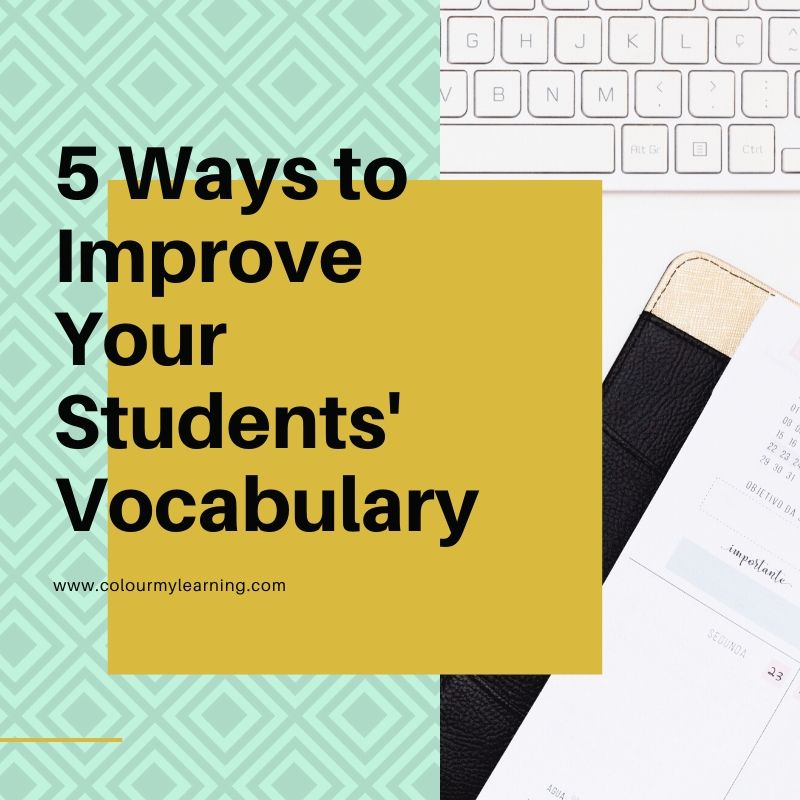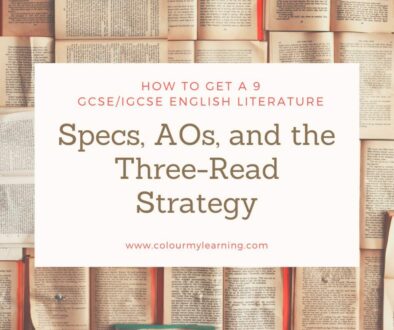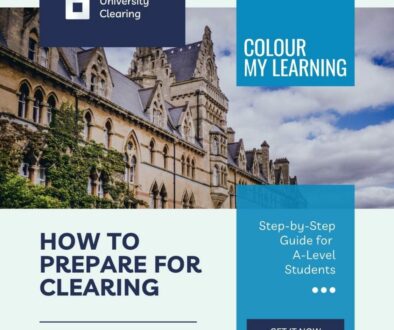5 Innovative Ways to Improve Your Students’ Vocabulary
Fostering creativity is one of the greatest challenges faced by most people. When teachers create an ecosystem for creativity, student creativity blooms; this can frequently spill over to their homes and future lives. Creativity and learning are like the warp and weft of the well-lived fabric of life.
As a teacher, I’m always looking for creative ways to improve my students’ vocabulary. How do I expose them to new words everyday in a fun and engaging way?
Vocabulary Exercises
I remember one of the best strategies my high school English teacher used that worked wonders on our entire class. She divided the class into 3 groups and set a competition for us. Each group had to find the vocab words we studied in class in the books we read. The group that found the most words would win the competition. Needless to say, this was a great push for all of us to start reading more in our leisure time. Because of this, we all ended up getting exposed to a large number of words. Many of us became regular readers after this exercise because we began to enjoy reading for its own sake. Oh, and before I forget, our group won the competition. We were excused from an assignment as a reward.
The vocabulary exercise is a great example of a simple but innovative strategy teachers can use in class to make learning fun, especially for a long-term exercise like building students’ vocabulary. The best way is to get students to read more so they can come across new words and organically learn their usage and the context they generally occur in. However, while this strategy worked in when the Internet was not as easily accessible, it wouldn’t work today. Today’s students tend to go to the net for educational games, homework help or science project ideas.
Related
5 quick and easy tips to expand your child's vocabulary Share on XHow To Improve Students’ Vocabulary Using Innovative Ways
Building vocabulary involves memorizing their spellings, conjugations, and pronunciations. It also requires understanding their usage in different contexts, especially as some words have more than one meaning. All of these aspects of vocabulary building require a combination of rote learning and understanding the meanings of words. Let us look at how you can teach your students these skills with fun class activities.
1. FLASHCARDS
One effective way to master the rote-learning aspect of words and ensure that they stick in your students’ memory is by using flashcards. You can use flashcards as quizzing tools in class. Write the word on one side of the card and its definition and pronunciation on the other. You can then show your students the side with the word and test them on the definition or vice-versa. This is just one example. Flashcards have multiple uses, and there are several flashcard apps available online as well.
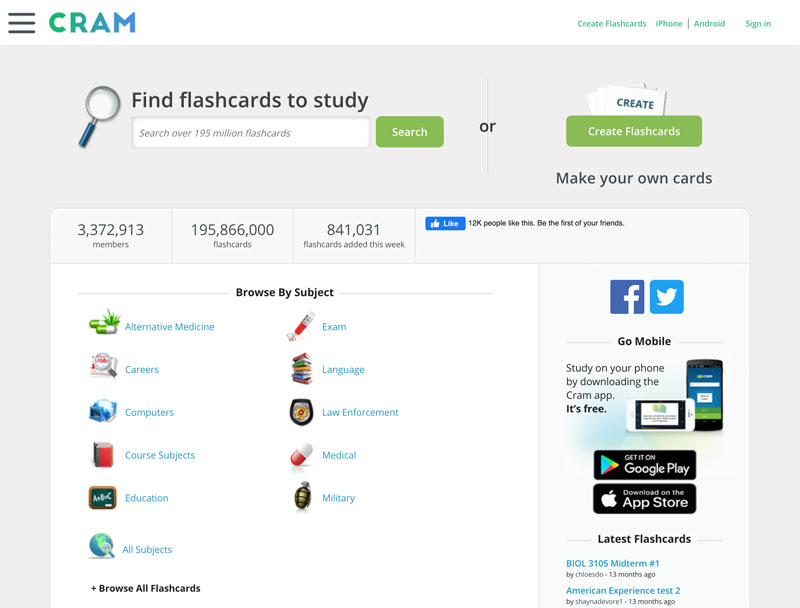
2. WORD MAPS
Some students might be visual learners. Looking at a pictorial representation of a word and its synonyms helps them remember it better.
To aid their visual learning, you can give your students an assignment to create word maps. Ask each student to create word maps for 5 words in your vocabulary lesson. You can have them write the word in the center of the page, with branches connecting to its different conjugations and synonyms. After this individual assignment, you can have your entire class collaborate to create a word map that connects all their vocab words. This can be a fun class activity! Your students will not only learn new words but also understand the relationships between them.
You can then show them how word maps work at Visuwords.com. This is a free site that works like a visual thesaurus. You can look up different words and their synonyms. Hovering over a word will show you its definition and examples of its usage. Your students will love playing around on this site and learning new words along the way!

3. PRONUNCIATION GUIDES
Pronunciation, I’ve found, is one of the toughest skills to get my students enthusiastic about. Students tend to come across new words not only in their language class but also in others as they read their textbooks. But they don’t always learn the correct way to say a word, and often, these pronunciation errors get carried into students’ adult lives. Therefore, it is important to inculcate in them a habit of learning the correct pronunciation along with a word’s meaning and usage, so they become self-sufficient learners as they grow.
One of the key things to teach students about English is that it is not a phonetic language—that is to say, English words are not always pronounced the way they are spelled. You can teach this by giving examples of different sounds that the same alphabet is used for. For example, “e” is used to denote different sounds in egg, he, and item.
Once they understand the differences between spellings and sounds, divide your class into groups, and give each group a sound (like “a” as in fan or “a” as in far). Ask them to list as many words as they can that have the same sound. Initially, your students are likely to get confused between the spelling of the words and their pronunciations. But as they work on their lists, they’ll get the hang of it. This activity is a great way to get students to distinguish the different sounds in English. At the end of the activity, discuss each group’s list with the entire class to reinforce the different sounds they learned. For higher levels, you can use diphthongs and slowly introduce them to IPA (International Phonetic Alphabet) symbols with examples.

4. MNEMONIC TOOLS
While visually appealing word maps and pronunciation guides help students’ learn and remember most words, some tough ones need an additional memory aid. Mnemonics come in handy here. A mnemonic is any memory tool we use to help us remember difficult concepts. For example, “ROY-G-BIV” is a common acronym used to remember the colors of the rainbow—Red, Orange, Yellow, Green, Blue, Indigo, and Violet.
Coming up with mnemonics for difficult words can be a great class activity. Give each of your students one vocab word and ask them to make up a funny story to remember it. You can start them off with an example so they understand the assignment. Let’s take the word indomitable, which means “unbeatable or impossible to defeat.” Break it up and make a story—for instance, IN-DOMI-TABLE. Ask your students to imagine a stately, sturdy, heavy table in a beautiful room with lots of furniture. This table is the biggest and strongest piece of furniture in the room, and it dominates all the other chairs, side tables in the room. Creating a vivid mental picture like this to associate the word with its meaning can help your students remember the word better. Once your students come up with their mnemonics, they can share them with the rest of the class and have fun embellishing their mnemonic stories.
For more mnemonics, you can show them examples from MnemonicDictionary.com. This is a free online dictionary site that lists user-contributed mnemonics for each word. Your students can contribute too!
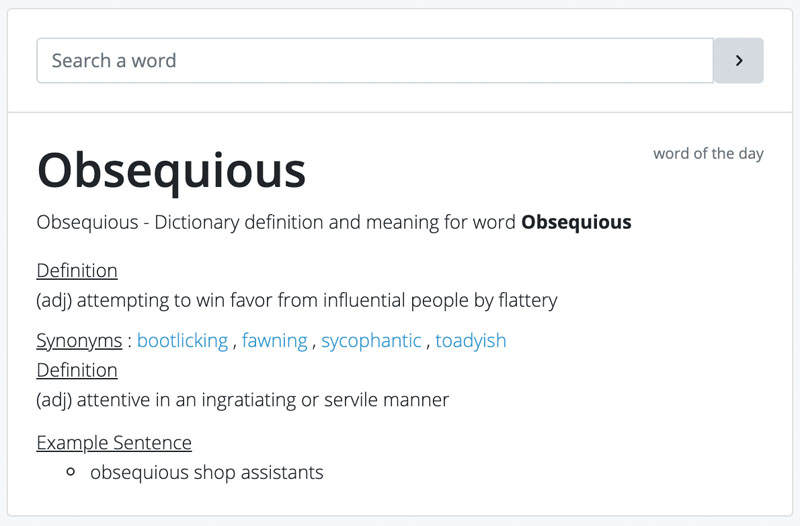
5. ROOT WORDS, PREFIXES, AND SUFFIXES
Learning the meanings of root words, prefixes, and suffixes can vastly improve your students vocabulary. This is because these few words combine to form many more words, and knowing the meanings of these few can clue your students into the meanings of others. For example, learning the meaning of the root word “morph” (which means to “change form”) can give your students a hint about the meanings of morphology, dysmorphia, metamorphosis, polymorphism, and many more. All of these words have varying meanings that are related to “form.” Likewise, learning the meaning of a prefix like “poly-” (which means “many”) can help students recognize that a word starting with this prefix means “many of something,” as in polyglot, polymath, polytheism, etc.
After teaching your students a few root words, prefixes, and suffixes, divide them into groups and ask them to list as many words as they can for each of these. The group that comes up with the most words wins. Here’s a great resource for root words, prefixes, and suffixes that you can introduce in your class.
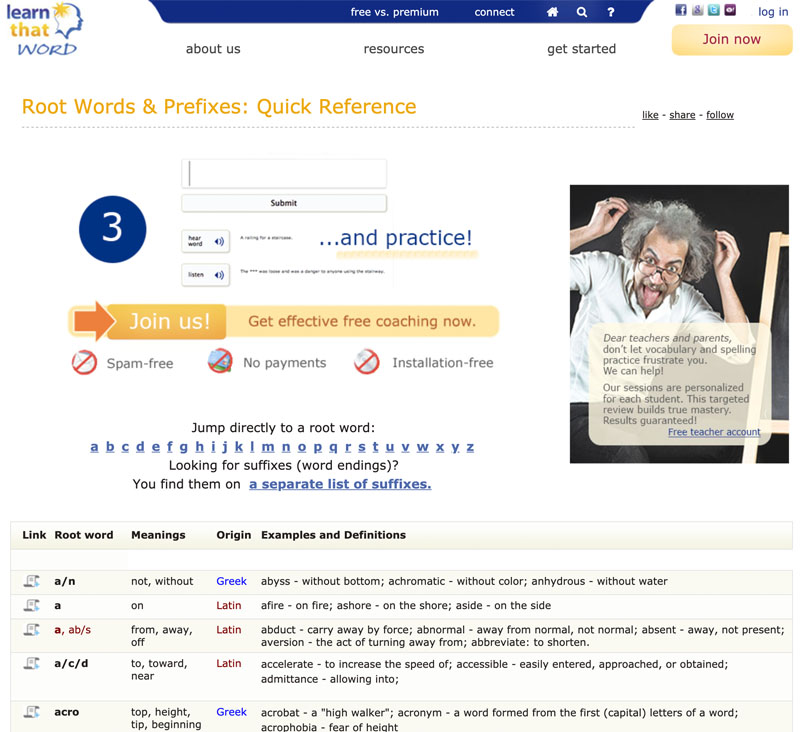
Conclusion
While this article lists 5 fun ways you can improve your students’ vocabulary, us teachers know that mixing it up works even better. So, don’t hesitate to change up these classroom activities or mix and match them to suit your students’ specific needs. If they are having more fun with creating silly stories that help them remember words, use this technique to help them remember the pronunciations for difficult words. On the other hand, if most of your students are visual learners and prefer word maps to learn words and their synonyms, use these to reinforce their root word knowledge as well.
What I’ve found works best for my students is a combination of teaching aids that stimulate students’ visual, auditory, tactile as well as creative senses. These really tend to stick. That’s why e-learning has taken off in such a big way in the past decade and a half—it easily combines visual representations with text and audio, helping students retain more information and ideas as they learn.
So, get experimenting! And do share any new vocab building tips or fun activities that yours students love!
Reference List
For Visuwords:
- https://www.ncbi.nlm.nih.gov/pmc/articles/PMC5622003/
- http://content.time.com/time/specials/packages/article/0,28804,1918031_1918016_1917981,00.html
For Root words:
- http://iteslj.org/Techniques/Pittman-BuildingVocabulary.html
- https://www.fluentu.com/blog/english/english-word-roots/
For Mnemonics:
For Pronunciation:
- https://busyteacher.org/14864-10-coolest-pronunciation-tools-esl.html
- http://teacherhabits.com/8-best-language-learning-apps-teaching-esl-students/
- http://www.talkenglish.com/extralessons/english-learning-apps.aspx
Author Bio: Sophia Sanchez is an online ESL/EFL instructor. She is a passionate educator and blogs about education on her personal blog. She found her true calling — teaching — while she was juggling writing and a 9-5 desk job.
